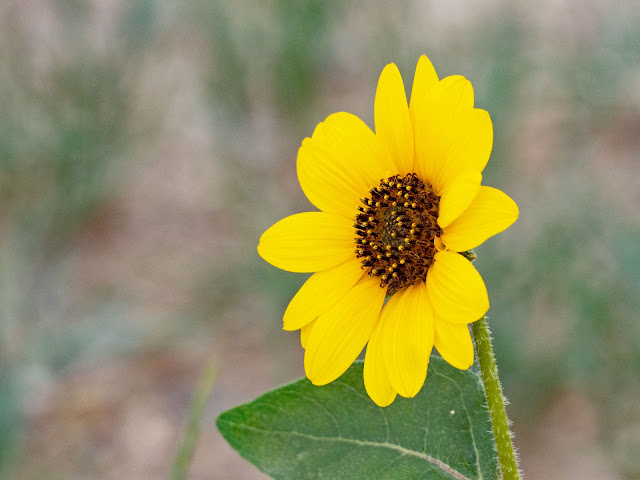The quietude and outer simplicity of the lichens hides the complexity of their inner lives.
Lichens are amalgams of two creatures: a fungus and either an alga or a bacterium.
The fungus spreads the strands of its body over the ground and provides a welcoming bed.
The alga or bacterium nestles inside these strands and uses the sun’s energy
to assemble sugar and other nutritious molecules. As in any marriage, both partners are changed
by their union. The fungus body spreads out, turning itself into a structure similar to a tree leaf:
a protective upper crust, a layer for the light-capturing algae, and tiny pores for breathing.
The algal partner loses its cell wall, surrenders protection to the fungus,
and gives up sexual activities in favor of faster but less genetically exciting self-cloning.
Lichenous fungi can be grown in the lab without their partners, but these widows
are malformed and sickly. Similarly, algae and bacteria from lichens can generally survive
without their fungal partners, but only in a restricted range of habitats.
By stripping off the bonds of individuality the lichens have produced a world-conquering union.
They cover nearly ten percent of the land’s surface, especially in the treeless far north,
where winter reigns for most of the year.
Like a farmer tending her apple trees and her field of corn, a lichen is a melding of lives.
Once individuality dissolves, the scorecard of victors and victims makes little sense.
Is corn oppressed? Does the farmer’s dependence on corn make her a victim?
These questions are premised on a separation that does not exist.
The heartbeat of humans and the flowering of domesticated plants are one life.
“Alone” is not an option… Lichens add physical intimacy to this interdependence,
fusing their bodies and intertwining the membranes of their cells,
like cornstalks fused with the farmer, bound by evolution’s hand.
Blue or purple lichens contain blue-green bacteria, the cyanobacteria.
Green lichens contain algae. Fungi mix in their own colors by secreting yellow or silver
sunscreen pigments. Bacteria, algae, fungi: three venerable trunks of the tree of life
twining their pigmented stems.
The algae’s verdure reflects an older union. Jewels of pigment deep inside algal cells
soak up the sun’s energy. Through a cascade of chemistry this energy is transmuted into the bonds
that join air molecules into sugar and other foods. This sugar powers both the algal cell
and its fungal bedfellow. The sun-catching pigments are kept in tiny jewel boxes,
chloroplasts, each of which is enclosed in a membrane and comes with its own genetic material.
The bottle-green chloroplasts are descendants of bacteria that took up residence inside algal cells
one and a half billion years ago. The bacterial tenants gave up their tough outer coats,
their sexuality, and their independence, just as algal cells do when they unite with fungi to make lichens.
Chloroplasts are not the only bacteria living inside other creatures.
All plant, animal, and fungal cells are inhabited by torpedo-shaped mitochondria
that function as miniature powerhouses, burning the cells’ food to release energy.
These mitochondria were also once free-living bacteria and have, like the chloroplasts,
given up sex and freedom in favor of partnership.
We are Russian dolls, our lives made possible by other lives within us.
But whereas dolls can be taken apart, our cellular and genetic helpers cannot be separated from us,
nor we from them. We are lichens on a grand scale.
~ David George Haskell
from The Forest Unseen:
A Year's Watch in Nature
photo by Jim McCulloch
with thanks to the Marginalian

































